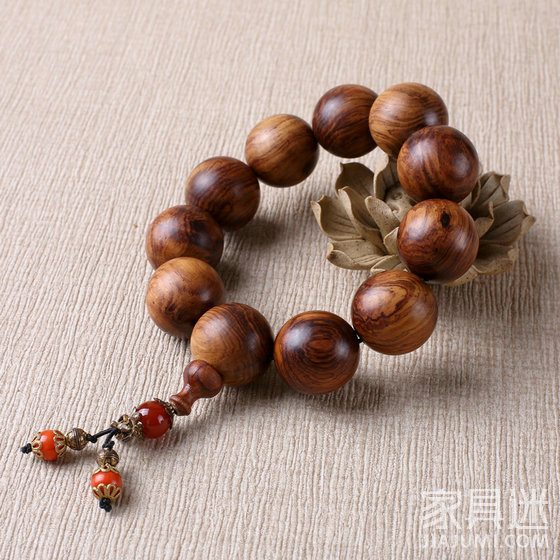"Big Leaf Pear" is not "Da Ye Huang Hua Pear"!
Is a large-leaved pear wood emerged in recent years, many of its properties resembles pear, although not mahogany, mahogany indeed a good substitute. When Daye Huanghua Pears first entered the country, several authoritative timber identification agencies in China could not find similar comparison samples in the specimen bank, so the name could not be determined for a while. Its origin is Indonesia, and the locals call it "ironwood", which means very hard wood. In 2013, the Chinese Academy of Forestry gave the final identification results. The real name of the big leaf huanghuali is Streblussp., which is distributed in the Indo-China Peninsula and the Malay Islands. This kind of wood is similar in color, pattern, hardness, oiliness and other characteristics to our country's precious wood huanghuali (just without the "fragrance" flavor of huanghuali), so it was given a loud sound after being shipped back to China. The name - big leaf huanghuali. The trunk of the long-leaved kidney tree is longer and the wood utilization rate is higher. Wood loose holes. The new cut surface of the heartwood is reddish brown, and the darkness is dark, dark brown or chocolate brown, shiny; no special smell and taste, staggered texture, fine and uniform structure. Wood has oily texture, wood sawing and planing are difficult, but the planing surface is smooth and highly polished; the wood pattern is beautiful, the material is hard and durable. There are 36 species such as the genus Eucalyptus. The genus of the genus usually has leaves alternate, the flower is small and has no petals, and the fruit is multi-fruited, containing white milk, the leaves have obvious slender leaf tips, and the leaf margins are often jagged. Some of the genus of the genus are mostly yellow-brown, and some have irregular dark stripes. Streblus elongates is a large tree with a height of up to 33m and a diameter of about 1250px. The body often has grooves and no roots. The bark is rough, taupe; the endothelium is soft and red. The branches are soft and drooping. The long-leaved kidney grows slowly, mainly in lowland rain forests or open low-lying forests below 350m above sea level. Wood loose holes. The new cut surface of the heartwood is reddish brown, and the darkness is dark or brownish brown for a long time; it is distinct from the sapwood, and the sapwood is narrow and light yellowish brown. Irregular dark stripes with wide and narrow widths, lustrous, no special smell and taste, staggered texture, fine and uniform structure. The heartwood of the newly cut material is yellowish brown or reddish brown, and turns deep after being oxidized by air. The color of the sheet is smooth and the texture is clear. The wood grain often has dark brown or purple-brown stripes (black rib line), such as flowing clouds and water, and the “ghost face†pattern is also visible. The appearance looks like the fragrant rosewood (commonly known as Hainan huanghuali). Gives a feeling of antiques. The annual rings are not obvious to slightly obvious. The tube holes are slightly visible under the naked eye, small, slightly less; the distribution is uneven; the deep red gums are common in the holes and there are mineral deposits. It can be seen under the axial thin-walled tissue magnifying glass, and the loop tube is bundle-shaped and wing-shaped. The wood ray is fine and the magnifying glass is obvious. The wood of the long-leaved kidney is very heavy, and the air-dry density is 1.015-1.41g/cm3; heavy and hard. The shrinkage of wood is very small, the shrinkage rate is 0.8% from the raw material to the air-drying, and the string is 1.0%. The strength is very high. For example, the compressive strength of the long-leaved kidney in Malaysia is 89.6-91.1 MPa. The shear strength (radial) is 18.7-20.5 MPa, and the dry shrinkage performance index is close to that of Dalbergia odoratum. The cross-section of the tube hole is oval to round, single tube hole and 2-3 short diameter column compound tube holes, and the inter-tube pattern holes are arranged in parallel, which is attached to the pattern hole. Axial thin-walled tissue wing and poly wing. Wood ray non-stacked, single-row ray is low, high 3-18 cells (most 8-15 cells), multi-row ray width 2-4 columns, high 8-45 cells (most 17-32) cells, ray tissue-shaped III , dilute II or multi-column. The pattern between the ray and the tube is mainly round and notched. The main stem of the long-leaved kidney is longer and the wood utilization rate is higher. The wood of the long-leaved kidney is slightly dry, and the 40mm thick plate takes about 3.5 months to dry. The wood has good drying performance and few defects. Long-leaved kidney kidney sawing and planing is difficult, but the planing surface is smooth and highly polished; it is easy to split when nailed, so it should be pre-drilled before nailing. Due to its good corrosion resistance and resistance to fungi and termites, long-leaved kidney wood is suitable for heavy-duty and durable parts such as bridges, docks, parquet floors, heavy-duty floors, tool handles, sleepers, utility poles, etc. The structure can also be used as a high-grade furniture material. Large leaf huanghuali is produced in Indonesian islands. The timber sold in the domestic market is all logs. Generally, the diameter of the logs is about 30-1000CM, and the price is calculated in tons. There are also a few large diameter pipes with a diameter of 1.5m-2m, according to the price of the root. Wood length specifications are generally 1.8m, 2.8m and 5.8m. With its excellent characteristics, Daye Huanghua Pear has become an alternative material for mahogany and has been sought after by more and more people. However, since the second half of last year, a new tree species called "Big Leaf Pear" has begun to appear in the rosewood market, and recent transactions have been more active. When many wood friends first heard the "big leaf pear", it was easy to confuse it with "big leaf huanghuali" (long leaf stalk), which is actually two completely different kinds of wood. In order to facilitate the distinction, we have summarized the information of the big leaf pear: At present, the big leaf pear in the domestic market is the wood of the Hemu genus of Hemataceae. Scientific name: West Africa Sumu Family: Hemaceae, Danielia spp. Place names: Faro, Fara (Côte d'Ivoire), Olengue pau incenso, Sandan, Ogea (UK), Lonlaviol (Gabon), Sinfa ndola (Congo), Gbessi (Sierra Leone), Oziya (Nigeria), N'su (Equatorial Guinea), Nsou (Cameroon), Hyedua, Eyele Shedua, Ehyedua (Ghana), Bolengu (Zaire), Danielia (Germany), Blaang, Copal, Gum copal (Liberia). Large trees; up to 50m high, 1.2-2.0 in diameter, 11 species of this genus, distributed in tropical West Africa. Loose hole material. The heartwood is light reddish brown to reddish brown with streaks; the heartwood and sapwood are distinctly different, the sapwood is light yellow or light yellowish white, and the width is about 10-18cm. The tube hole is visible under the naked eye. Axial thin-walled tissue loops are bundled and wheeled. Wood rays are visible. The wave marks are obvious. Strong luster, light texture staggered; slightly thicker structure; low to medium strength, slightly dry shrinkage, easy processing, smooth surface, easy to fluff on the surface of the veneer; medium to light density, air dry density 0.55~0.57g/cm3 . (Source: "Imported Wood Primary Colors") West African Sumu wood grain is fresh, the texture is suitable, and the level is clear. Because the appearance is similar to that of pear, it is called “Da Ye Hua Pear†and “West African Pear†because it is not standardized in the market. Although it is similar to rosewood, the density of big leaf pear (Western hematoxylin) is too light, and wood can't be finely carved. It is not suitable for classical furniture. It used to be used as floor material. It is recently used in African rosewood (Hedgehog rosewood). In the case of high prices, some manufacturers have also used it in African rosewood furniture. Further reading: The present and the past of the Hedgehog rosewood Through the grinding test, the big leaf huanghuali has only a slight scent, while the huanghua pear is a rich sweet smell (commonly known as flavor reduction). Left is big leaf huanghuali, middle is huanghua pear, right is white acid (A. arborescens) After polishing and polishing, Huanghuali does not need any treatment, just play it. The big leaf huanghua pear is obviously not as moist as the huanghua pear, and it needs to be treated with a curing agent or lacquer to make the surface smoother. In addition, based on the experience of some Muyou: First, from the color point of view, the overall "yellow" degree of the big leaf huanghua pear is weak, the feeling of yellow is not enough "pure", and sometimes it will bring some "mosquito". Second, from the grain line, the texture of the big leaf huanghua pear is “serrated†or even “chicken wing patternâ€, which is more “disorderly†and not smooth enough, while the pattern of huanghua pear is “reasonable and reasonable†and “walking through the clouds†Third, from the brown eye, the brown eyes of the big yellow pear are straight lines, while the brown eyes of the yellow pears show "wheat ears." Cosmetic Bag,Travel Bag,Tote Bag,Shopping Bag qiangcheng Industry and trade Co.ltd , https://www.qiangchenbag.com Big leaf yellow pear
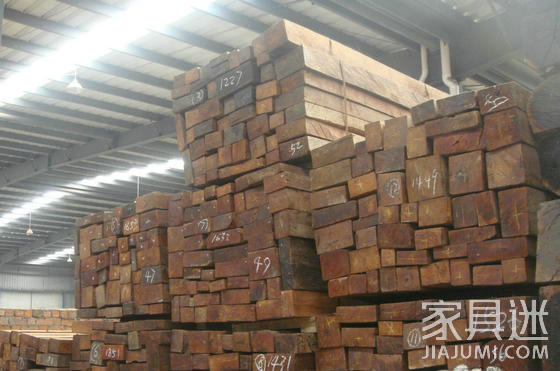
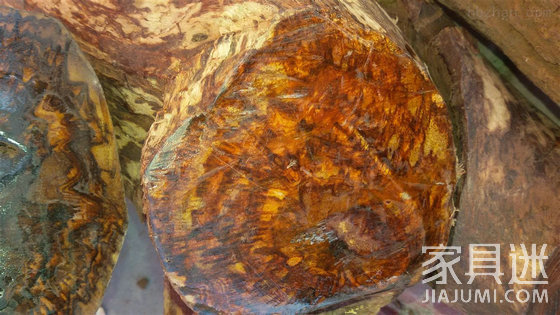
Characteristics of the kidney tree
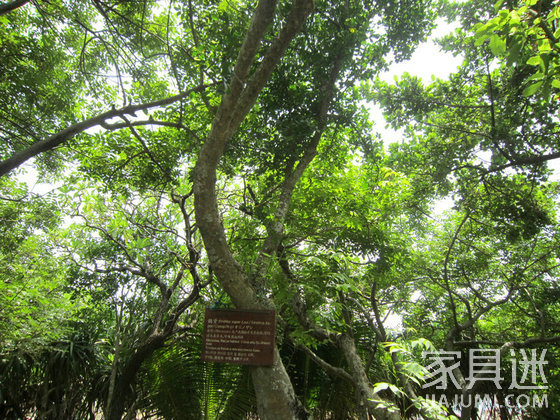
Wood macroscopic characteristics
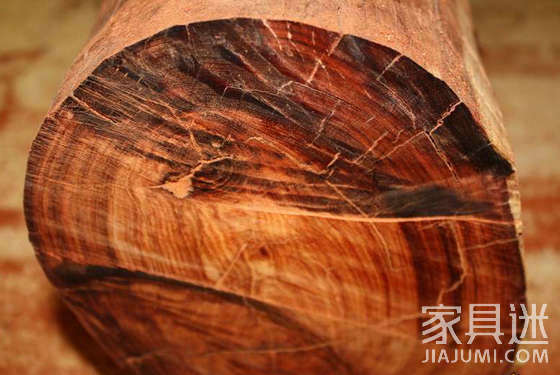
Wood microstructure
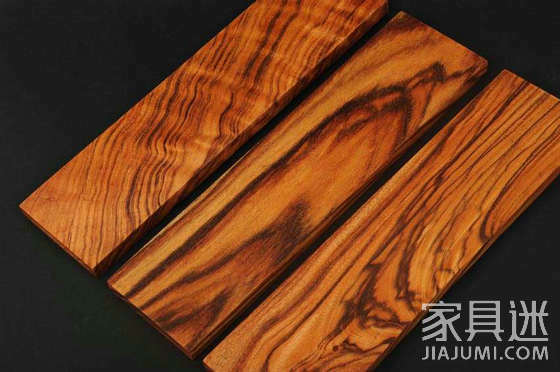
Wood processing performance
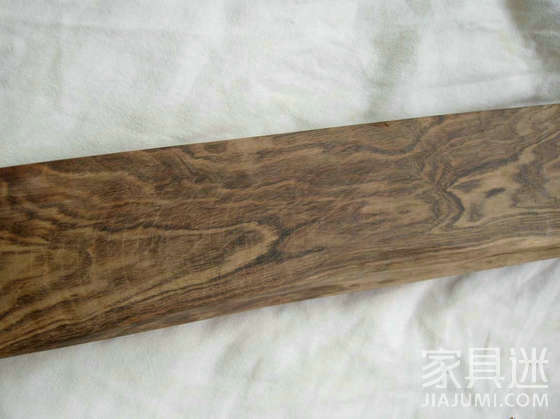
Domestic and international markets
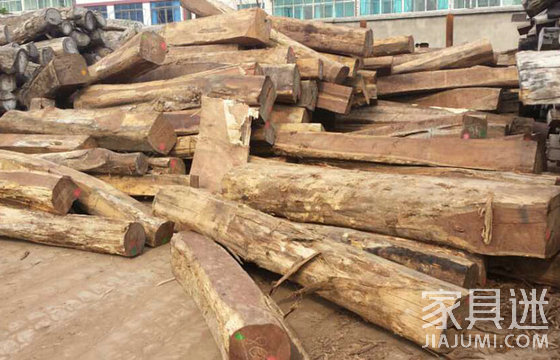
Big leaf pear
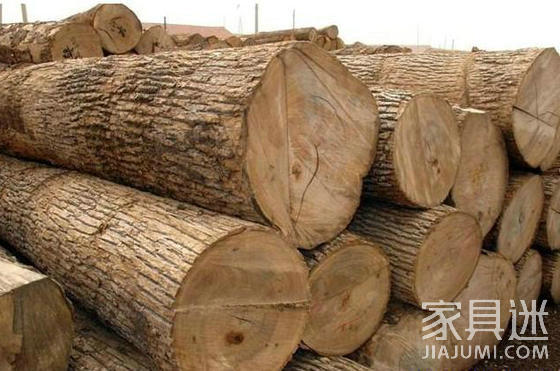
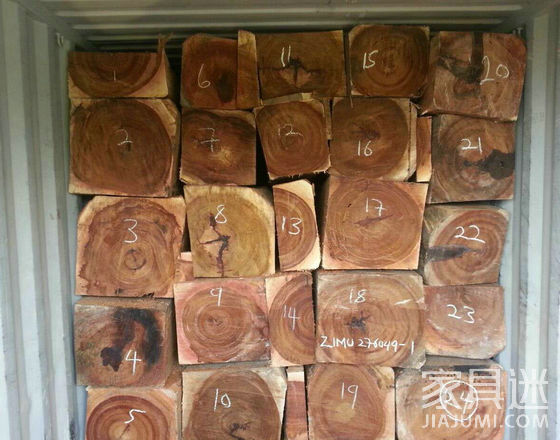
Big leaf huanghuali identification:
